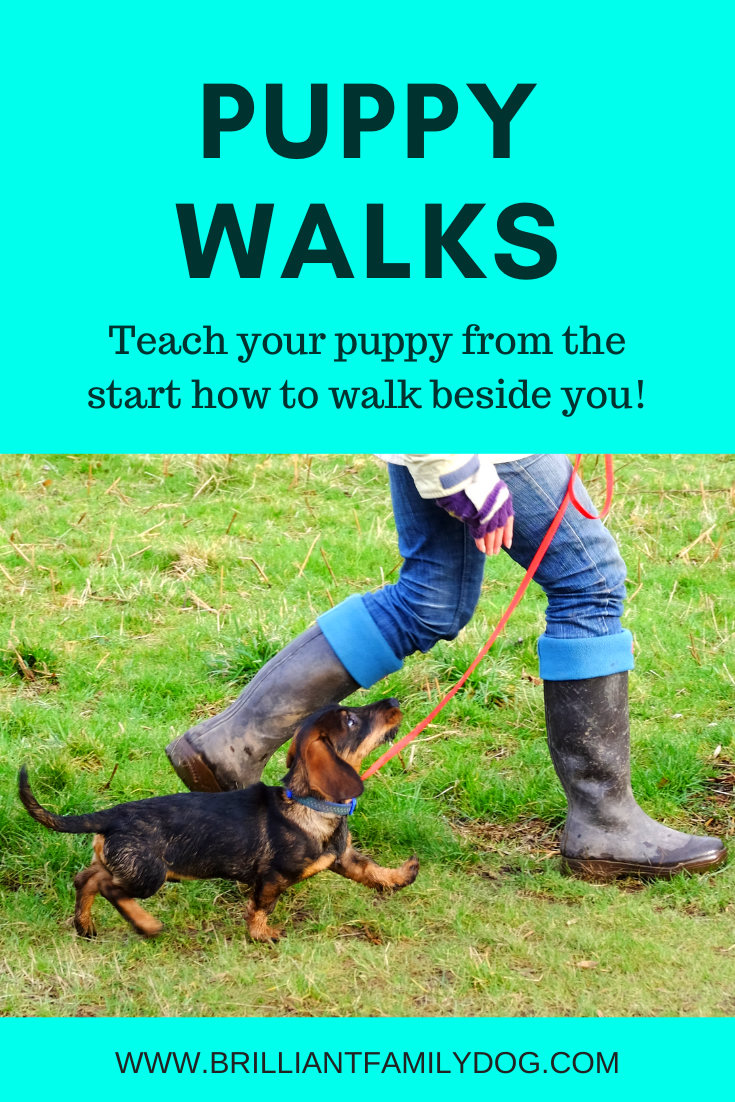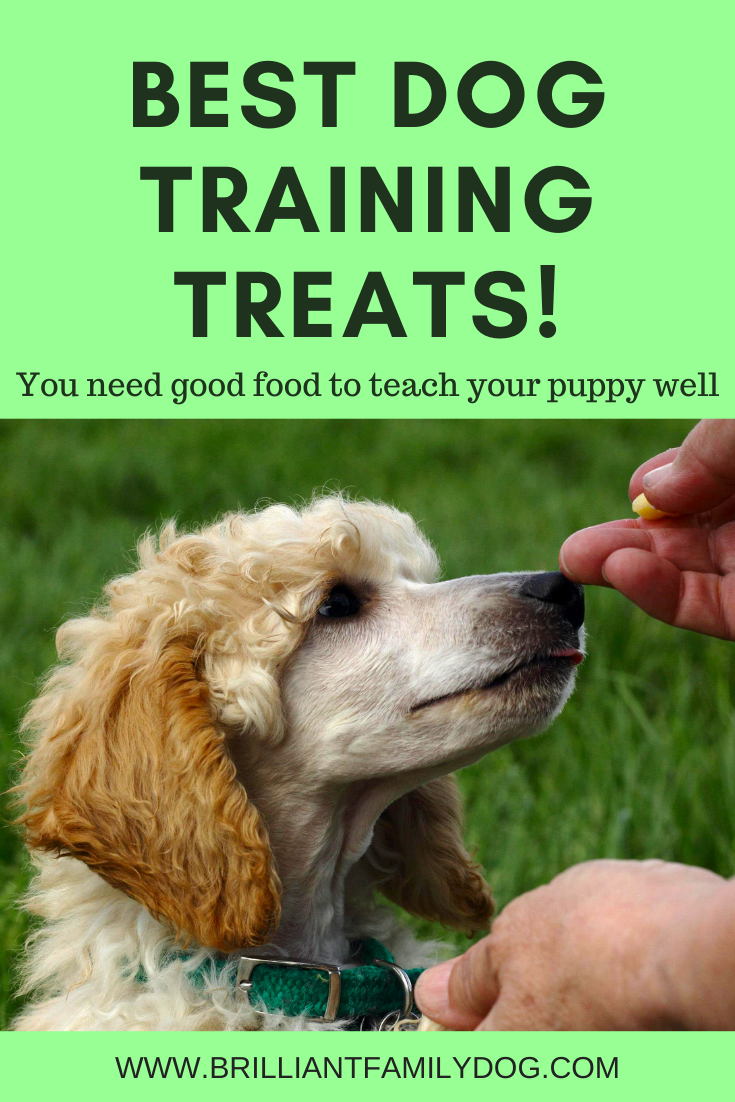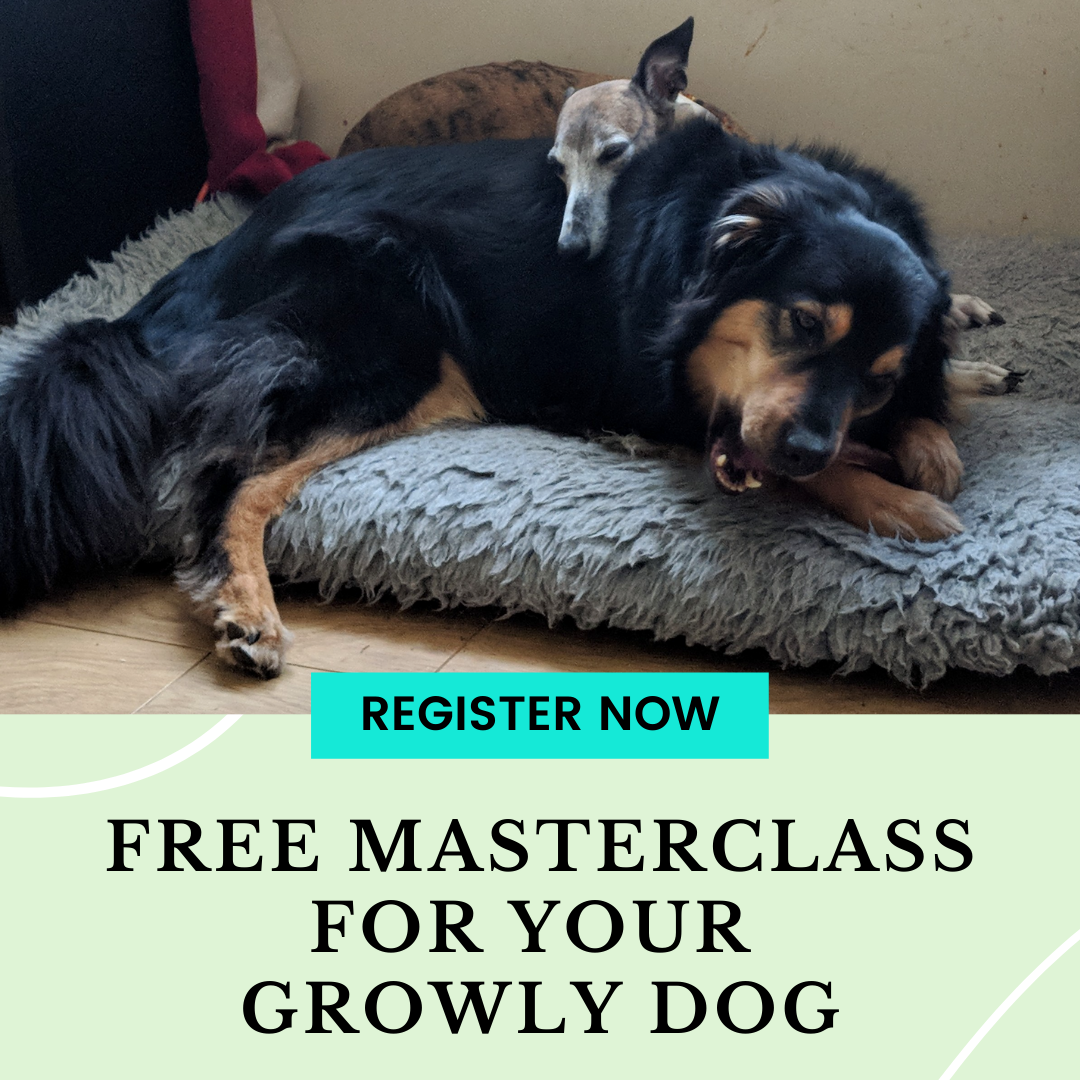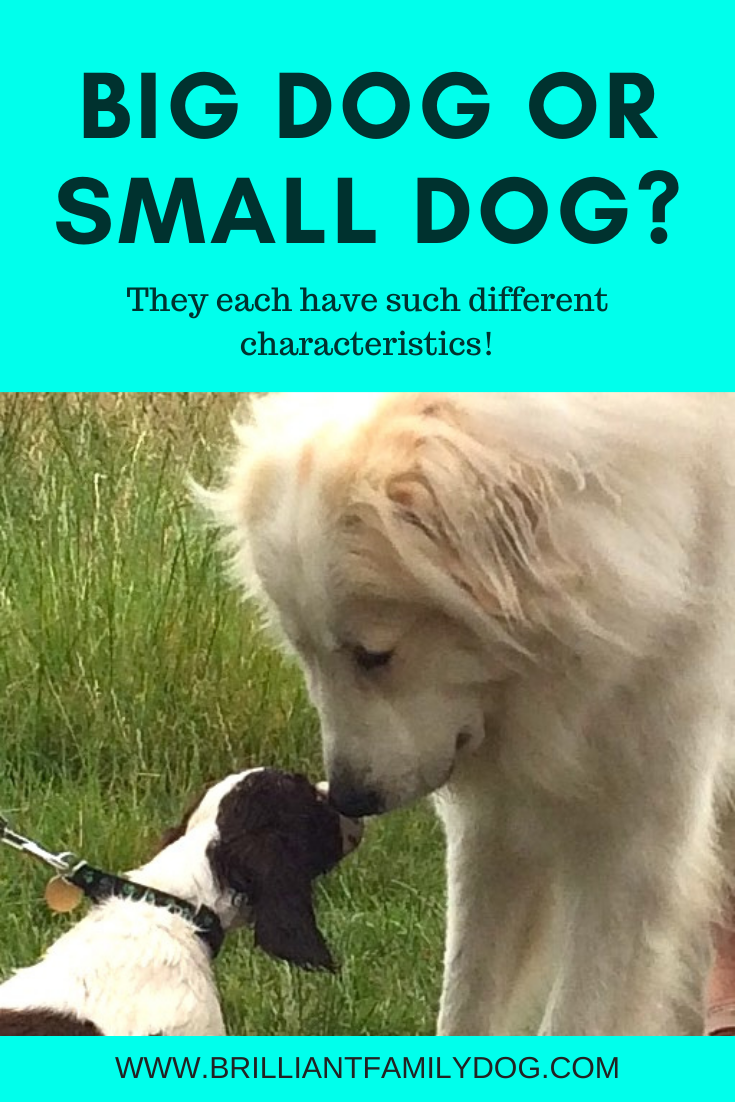I’m always saying that “There is more difference between individual dogs than between breeds.”
Defining a person by his ancestry is called racism. And in defining a dog by the set of his ears or tail, the length of his legs, coat-colour, or any of the other cosmetic changes developed in the last couple of hundred years since breeds became a thing - you are being, shall we say, “breedist” ;-)
This saying has long been known amongst those who study dog behaviour. Especially those who work with dogs, and whose eyes and mind are open.
(Sadly there are a lot of so-called dog experts who’ve never studied anything in their lives. Their minds are made up and they do not wish to be confused by the facts.)
And it’s good to see a paper released recently which confirms what the more discerning amongst us already knew.
The researchers studied 18,000 dogs, with DNA sequencing for 2,000 of them. They included purebred dogs, mixed-breed dogs, purpose-bred working dogs, and village dogs, to give a full picture.
And their main conclusion was this:
“Behavioral traits are subtly differentiated in modern breeds. Furthermore, breed offers only modest value for predicting the behavior of individual dogs. For more heritable and more breed-differentiated traits, like biddability, knowing breed ancestry can make behavioral predictions somewhat more accurate in purebred dogs. For less heritable, less breed-differentiated traits, like agonistic threshold, which measures how easily a dog is provoked by frightening, uncomfortable, or annoying stimuli, breed is almost uninformative.”
In other words …
Breed or type is not a predictor of behaviour in an individual.
They go on to say:
“Among behavioral traits, biddability—how well dogs respond to human direction—was the most heritable by breed but varied significantly among individual dogs. Thus, dog breed is generally a poor predictor of individual behavior and should not be used to inform decisions relating to selection of a pet dog.”
There you have it! Like people, dogs are individuals, and ancestry has little impact on how they will behave.
Your Retriever may be gun-shy. Your Whippet may be lazy. Your Border Collie may be dumb. Your guard breed dog may be so afraid of his own shadow that he couldn’t guard a thing.
The trouble is …
We think we know it all! We look at our dog when he does something we may not like, and say, “Typical terrier,” or “Just like a poodle!” or “Labradors are all the same.”
But the fact is, we are seeing what we expect to see. It’s called Confirmation Bias - that you see confirmation of your beliefs wherever you look, with no sound basis in fact!
For instance, if you think red cars have suddenly become all the rage, you’ll see them everywhere. “There!” you say, “Red cars are really popular right now.”
As the paper puts it:
“In purebred dogs, cultural breed stereotypes affect the perception of a dog’s behavior and thus may alter a dog’s environment.”
If you expect red cars to show up, you’ll see them - you may even go to places where there are likely to be more of them (Ferrari showroom, anyone?).
And if you expect your Dachshund to bark, then you will get used to his barking, assume that it’s part of his make-up, and accommodate his expected behaviour, not realising that he’s actually barking because he’s afraid, and you can help him!
Worse still, if you think that your Beagle will run off - because “Beagles do” - you won’t actually bother to train a solid recall from the start. You’ll confirm your perception of the dog’s behaviour being a result of his breed, by allowing him to run off!
Are you blaming your dog’s ancestry for what you haven’t taught him?
If you think that there’s a smidgin of truth in this, I recommend you have a look at the paper, then you can play around with their behaviour predictor and see just how accurate your perception of your dog’s behaviour is!
As Dr Elinor Karlsson of the University of Massachusetts, one of the authors, says:
“Owners should pay much less attention to all the stories about what their dog’s breed ancestry says about their behaviour and personality, and pay attention to the dog sitting in front of them.”
… which brings me to another of my favourite sayings:
Always work with the dog in front of you, rather than the dog you wish you had.
















